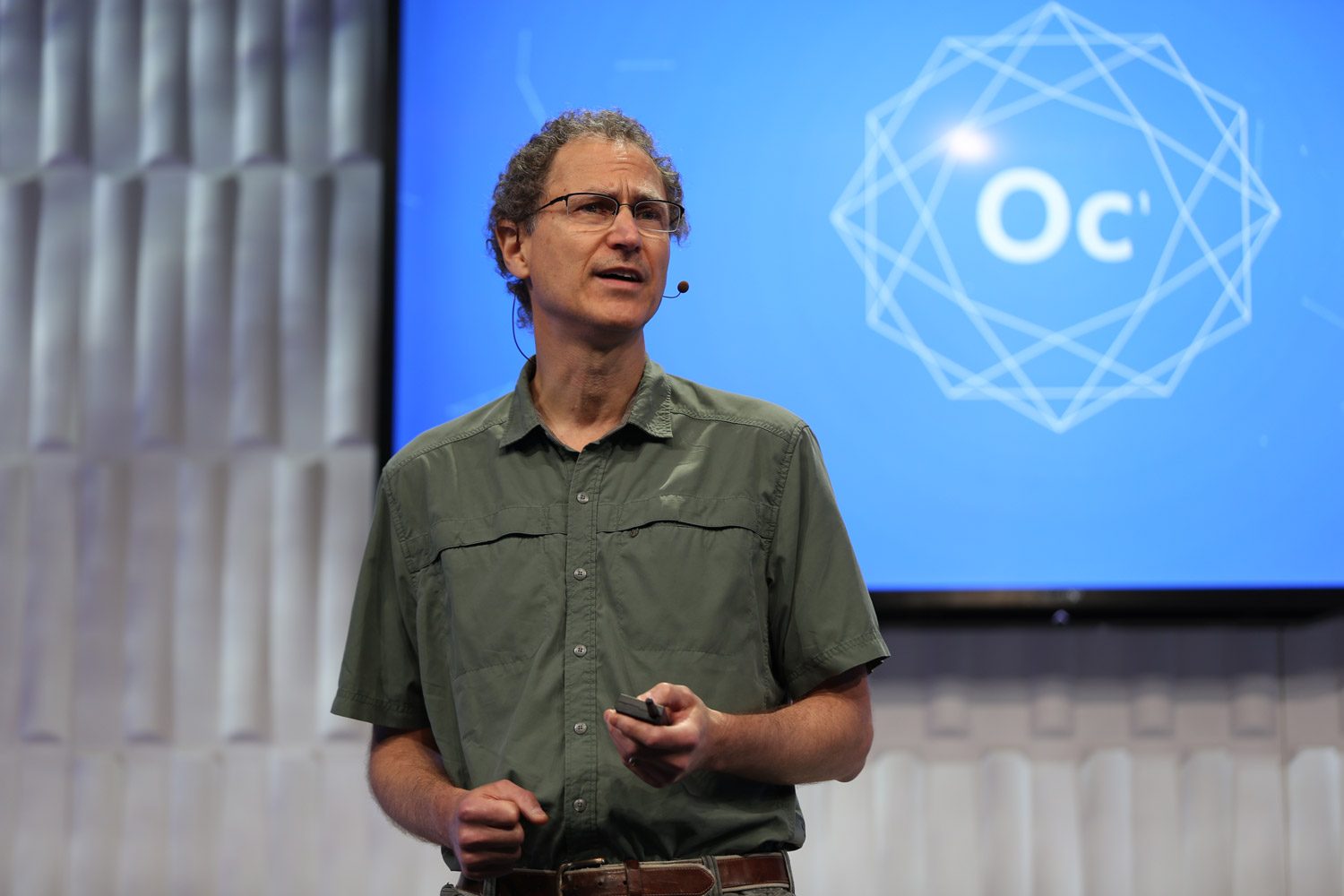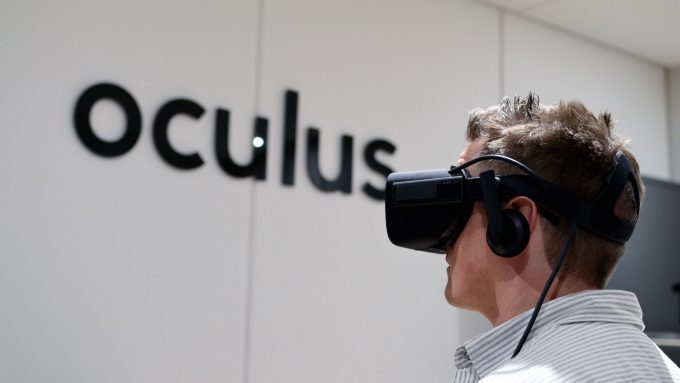Oculus today announced it’s rebranding Oculus Research, the company’s R&D lab, to the newly created Facebook Reality Labs (FRL). The shift, the company says, better addresses the increasingly important role of research and development in AR/VR while emphasizing collaboration with Facebook’s other skunkworks, something Oculus Chief Scientist Michael Abrash says is allowing for “further and faster” development of leading-edge AR/VR tech.
The lab’s focus on the future hasn’t changed, the company says, although the new name reflects a new role the R&D group plays “not only at Oculus, but also across Facebook’s AR/VR organization, which includes Building 8, Camera, and Social VR,” an Oculus spokesperson told Road to VR.
Facebook’s Building 8 specializes in researching and productizing advances in AR, VR, AI and more.
The company announced the change via a Facebook post by Oculus Chief Scientist Michael Abrash.


Abrash famously offered up some bold predictions at Oculus Connect 3 back in 2016, which outlined a pretty specific direction for AR/VR on its five-year march forward, including the prediction that VR headsets would double the number of current pixels per degree to 30, push the resolution to around 4,000 × 4,000 pixels per display, and widen the field of view to 140 degrees. Both Oculus Rift and HTC Vive currently offer 15 pixels per degree, a resolution of 1,080 × 1,200 pixels per display, and a field of view of around 110 degrees.
Abrash presciently announced then that the current tech’s fixed depth of focus would also likely become variable within 5 years. Many of these technologies, including varifocal displays and 140 degree field of view, are incorporated in Oculus’ Half Dome prototype, which was revealed last week at Facebook’s F8 developer conference.
“We are just a year and a half along now [after Connect 3], and I would say those predictions are holding up well,” Abrash says. “In fact, the truth is that I probably undershot, thanks to Facebook’s growing investment in FRL, which allows us to push the boundaries of what it takes to build great experiences further and faster. We are helping Oculus and all of Facebook create trailblazing AR and VR experiences, from what’s most affordable to leading edge.”
Abrash says FRL “brings together a world-class R&D team of researchers, developers, and engineers with the shared goal of developing AR and VR across the spectrum,” and that while there are plenty of issues with VR and AR at present, “they’re all solvable, and they are going to get solved.”
With increasing investment, the company will no doubt continue its mission to push forward a number of related fields including optics, displays, audio sensing, computer vision, scene reconstruction, graphics animation, UX, haptics, machine learning, software and hardware engineering, social interactions, material sciences and perceptual psychology—all of it crucial to the upcoming generation of future VR/AR devices.

